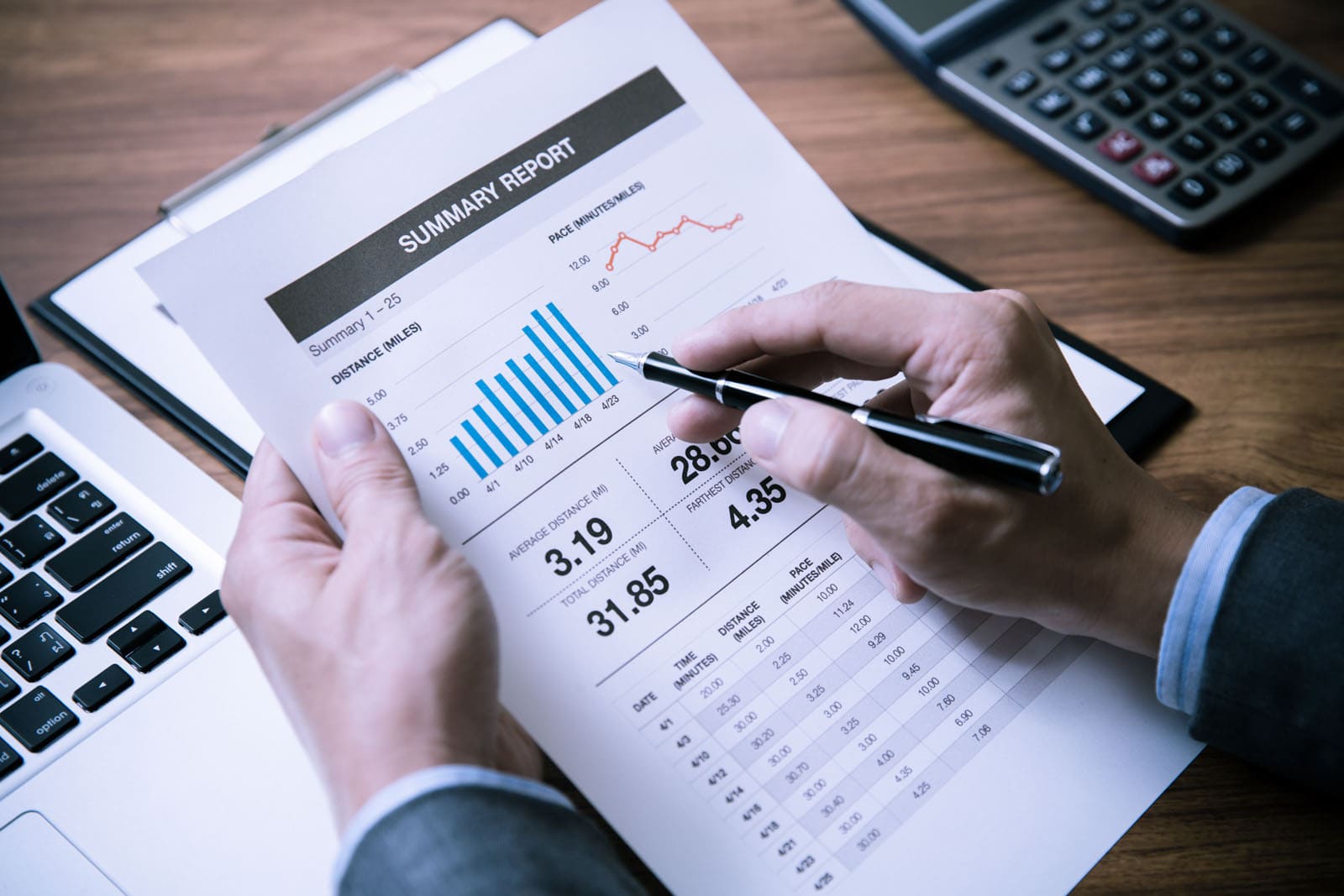The sector Financial Travel Knowledge institution recently approached Bangladesh, offering unsolicited loans to assist the low-lying US in adapting to the intense tropical storms, making it one of the most climate-prone countries globally. However, Fazle Rabbi Sadeque Ahmed doesn’t need that help. The director of the government-managed Bangladesh climate exchange Agreed that his government needs to ensure consistent delivery of fresh water and improve roads with embankments to save erosion, measures vital to helping Bangladeshis adapt to the punishing results of weather change.
However, Ahmed is involved in his coins-strapped U.S. A . ‘s capacity to pay back tens of thousands and thousands of bucks plus interest. He said that what Bangladesh needs is what developed nations promised them and other low-profit countries: presents, no longer loans.

“It’s miles our proper to take offers for the edition,” Ahmed said, referencing the ultimate 12 months Paris agreement, specifically mentioning the need for public and grant-primarily based resources for the climate alternate version. “We will keep on with that principle, which needs to be applied.” Climate alternative is a right away and growing risk to improvement.
The World Meteorological Enterprise announced concentrations of major greenhouse gasses inside the atmosphere continue to boom to new degrees, with 2016 set to be the hottest year on the document. The WMO also observed “enormous and very early melting of the Greenland ice sheet,” which could boost UEA levels that threaten flood-p susceptible international locations. Yet, model measures, which include building sea partitions and developing drought-tolerant plants, continue to be chronically underfunded and, in large part, passed out as loans, normally with the aid of multilateral banks.
Consistent with Oxfam, in 2013, grant investment for variation comprised only 12 percent of general weather finance, then dropped to less than 10 percent in 2014, the latest years for which records are to be had. Meanwhile, the Kyoto Protocol’s version of the Fund, which affords offers of up to $10 million per US, suffers from inadequate finances and an uncertain future as the protocol’s period results in 2020.
Now, a few professionals say offers are becoming extra scarce, and climate finance is shifting far from provider-based financing and closer to loans with low-interest quotes and lengthy grace durations. This raises concerns about what this will mean for the model wherein the type of investments being made is essential to climate-inclined countries’ survival But may not be sales-producing.
The Green Weather Fund
When the Green Weather Fund became operational in 2015, it became hoped The arena’s largest global climate fund might be a dependable supply of grants for variation. But that doesn’t seem to be the case. There’s been a bit of an outcry in the Inexperienced Weather Fund in the beginning in which humans had been announcing we can’t be giving loans for the model, But I see that as a destiny trend that’s going to occur inside the version area, and we want to conform and rework inside our own considering model to deal with that rising new surroundings,” says Zaheer Fakir, co-chair of the GCF
A former board member of the version Fund. Fakir urges the international development network to prevent historically questioning the model and begin thinking about it from building the resilience of communities within the developing world, especially about strengthening the agriculture region. This could be carried out via energy performance measures, such as using suitable irrigation generation.




















